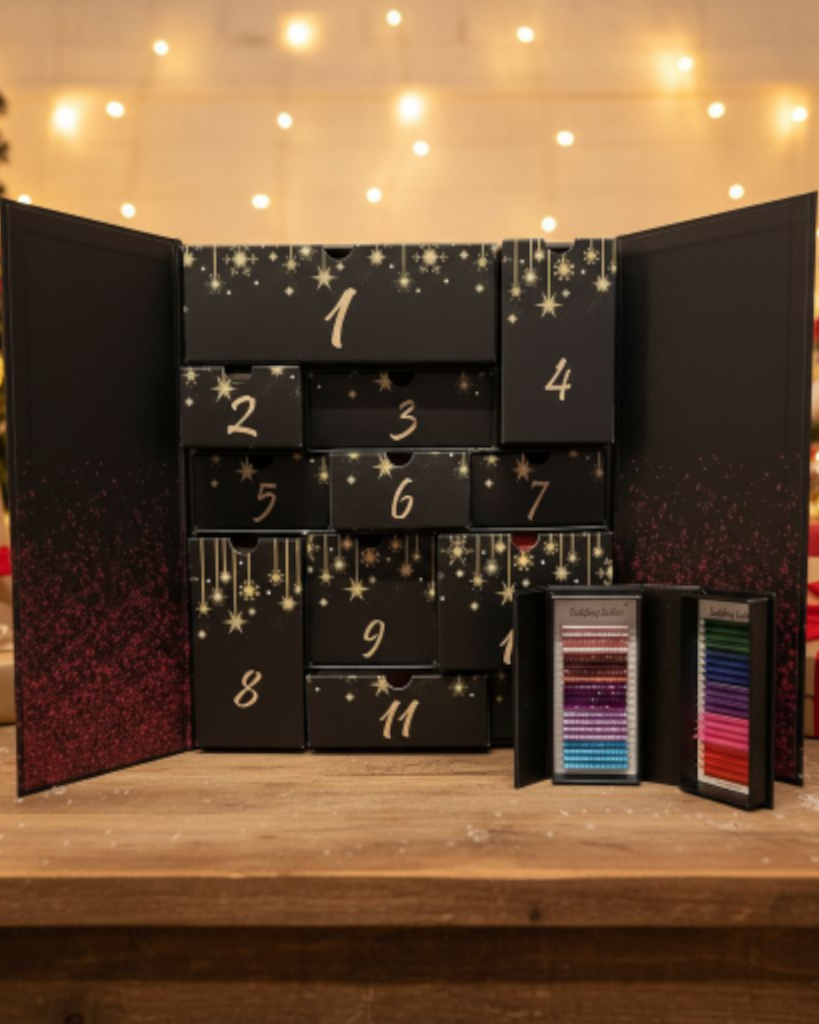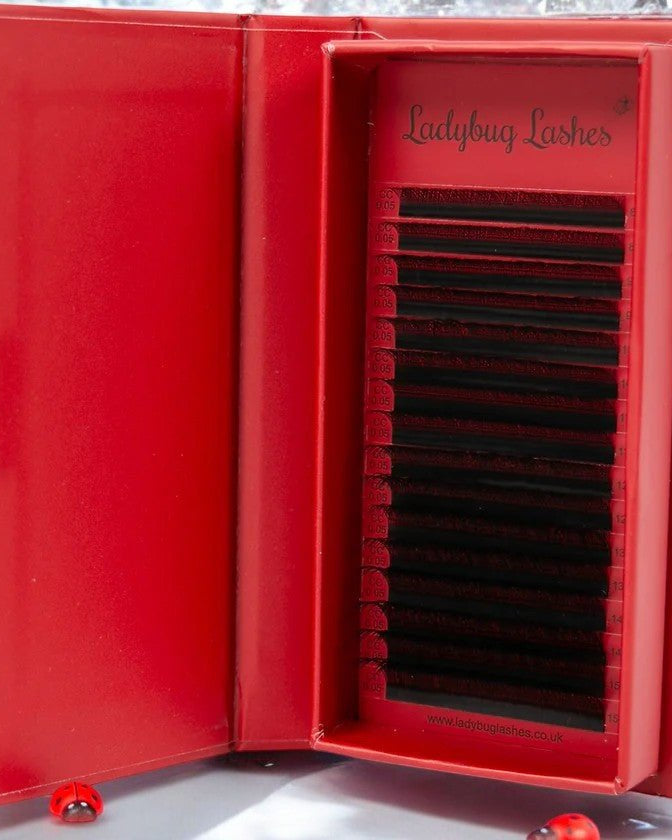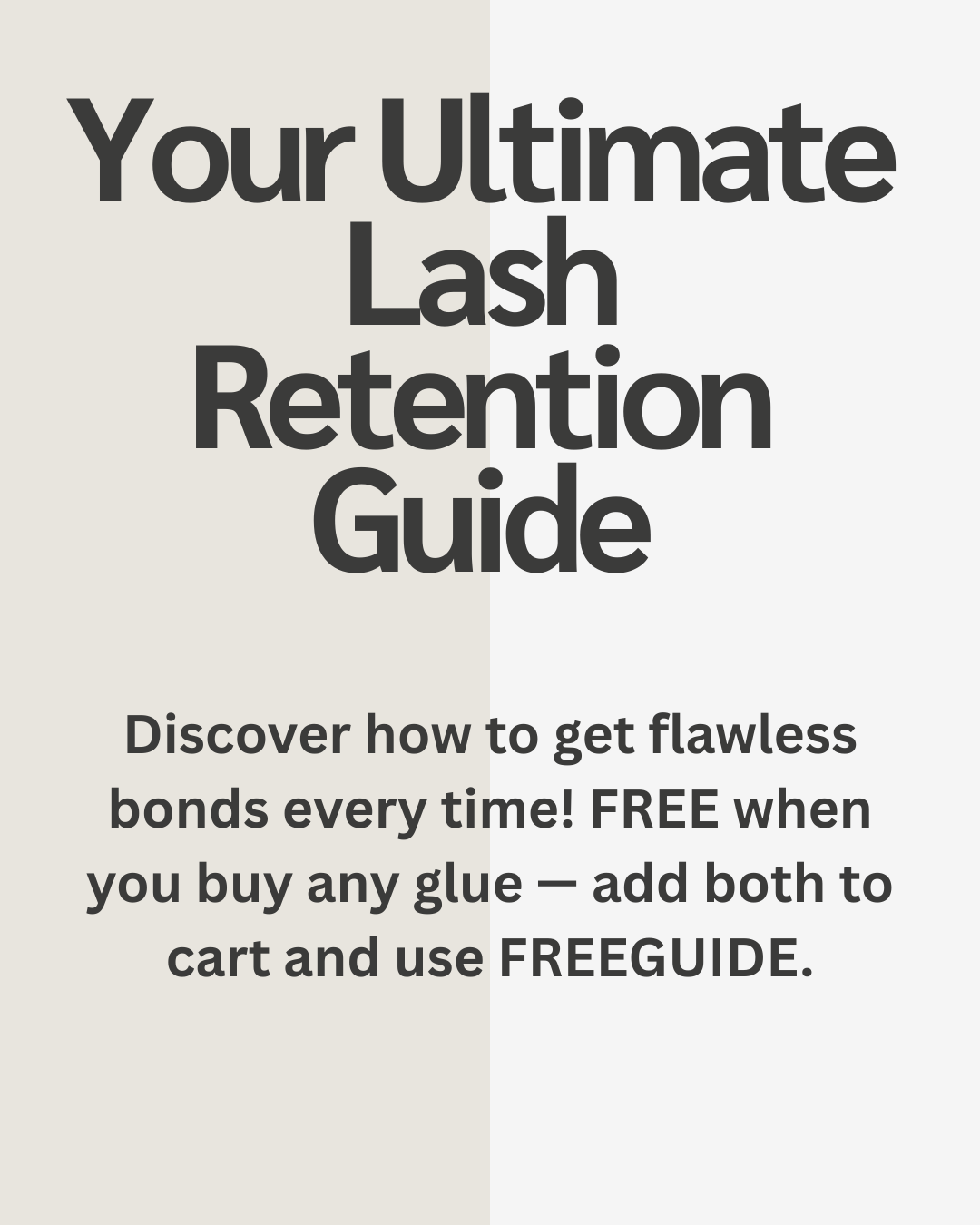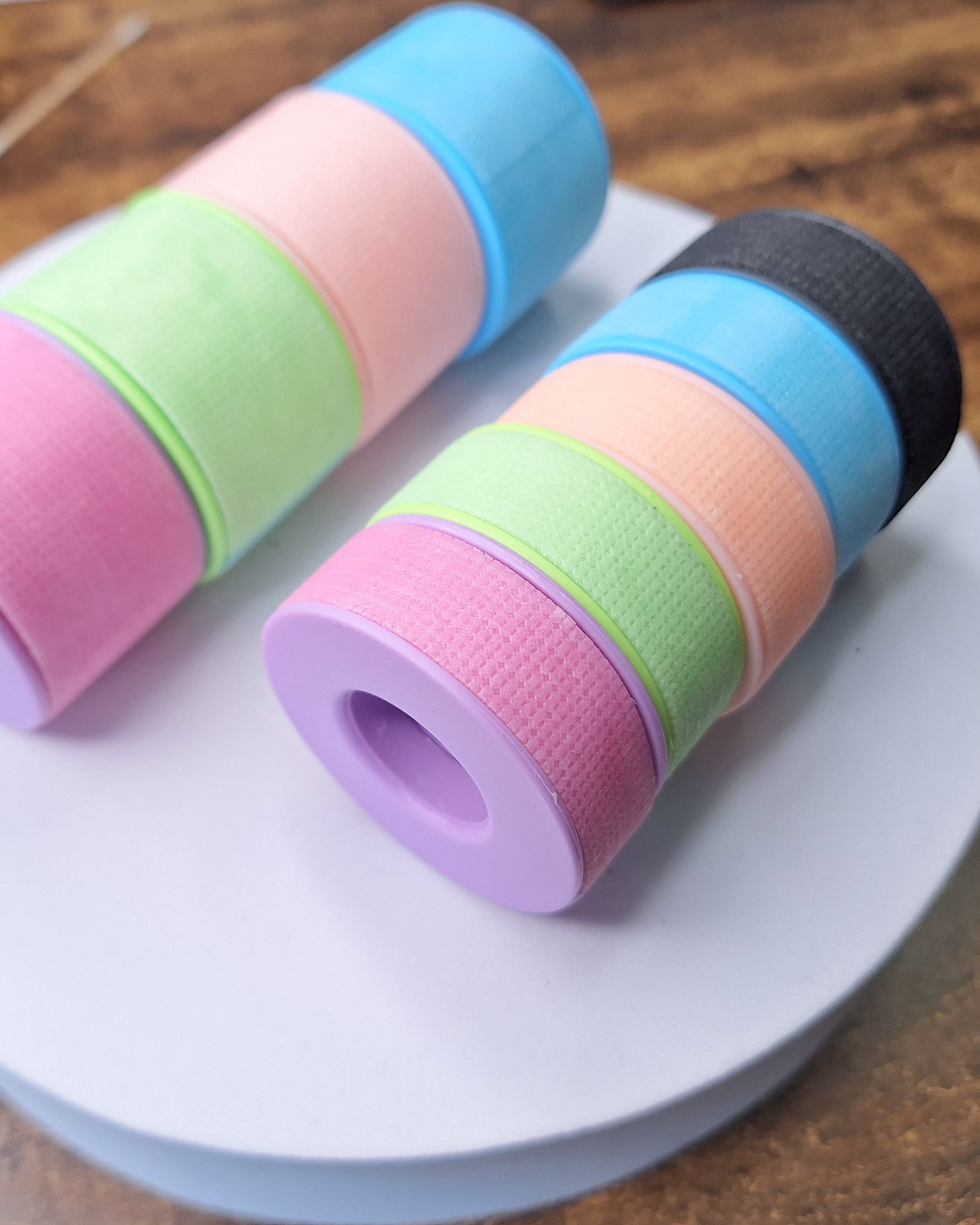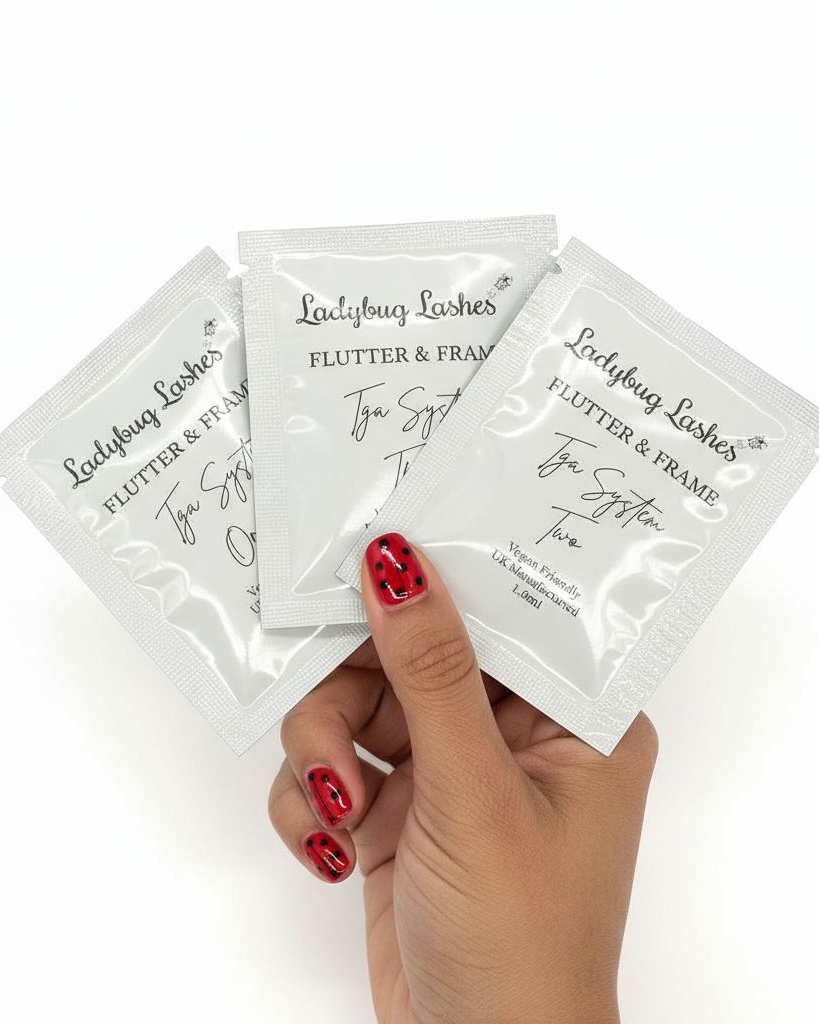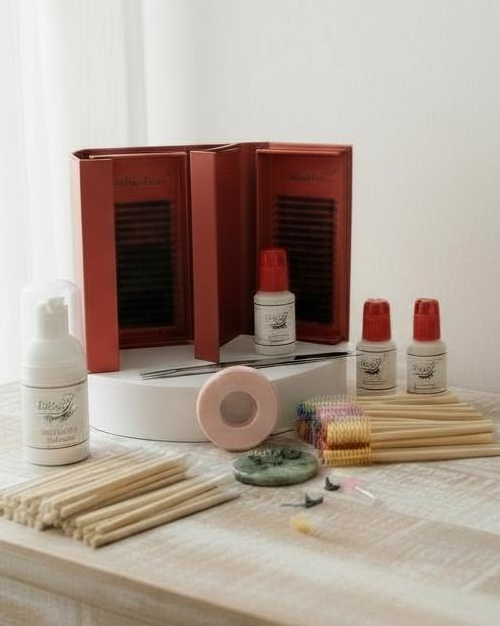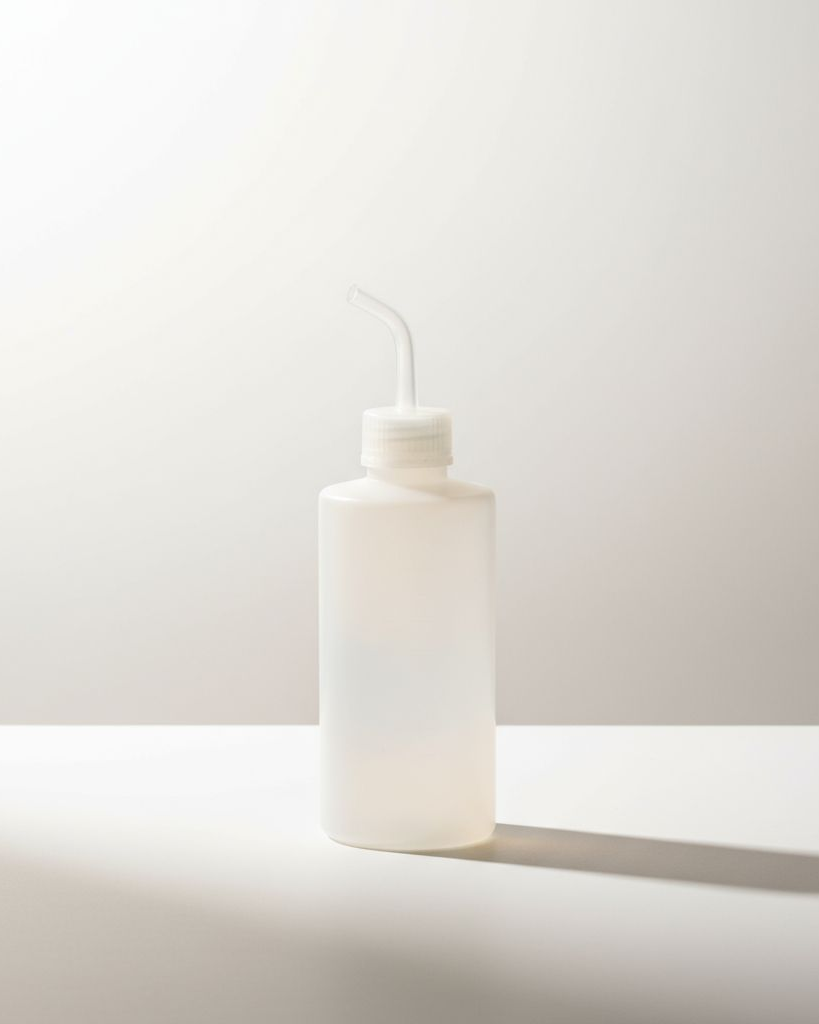Sensitive vs Allergic Lash Clients — What Lash Techs Must Know
And why "cosmetic grade" isn't a trend — it's protection.
Sensitive Clients (Irritation, Not Allergy)
A sensitive client may feel discomfort — but it’s not a true allergic reaction.
Signs:
Stinging or watery eyes during application
Slight redness that fades within hours
No long-lasting itching or swelling
Often triggered by fumes, eye not fully closed, or poor ventilation
Cosmetic grade products help by reducing unnecessary additives, ensuring high purity, and using safer stabilisers.
Allergic Clients (Immune Reaction)
This is not about sensitivity — it’s the body treating an ingredient as a threat.
Signs:
Swollen, itchy, red eyelids — especially top lids
Reaction appears 12–48 hours after application
Gets worse with repeated exposure
It’s commonly blamed on cyanoacrylate, but that’s not the only trigger.
Many lower-quality lash adhesives (especially non–cosmetic grade) contain potential allergens, such as:
Hydroquinone (used as a stabiliser/preservative)
Polyisocyanate (a hardener found in industrial-grade glues)
N-Methylpyrrolidone (NMP) (a solvent linked to irritation and reproductive harm)
Phthalic Anhydride (a known sensitiser and respiratory irritant)
The Truth About “Hypoallergenic” Lash Glues
There is no such thing as truly hypoallergenic lash glue.
All lash adhesives rely on cyanoacrylate — which is a known allergen in some cases.
And even “sensitive” formulas may still contain harsh chemicals if they are not cosmetic grade.
Why cosmetic grade matters:
Using cosmetic grade lash adhesives means using glues that are:
Made for skin and eye-area use
Free from industrial-level stabilisers
Transparent about ingredients
Held to higher safety standards
Bottom Line for Lash Techs:
Don't promise “hypoallergenic” results
Always patch test sensitive clients
Stick to cosmetic grade, or you're risking your client’s health (and your reputation)


